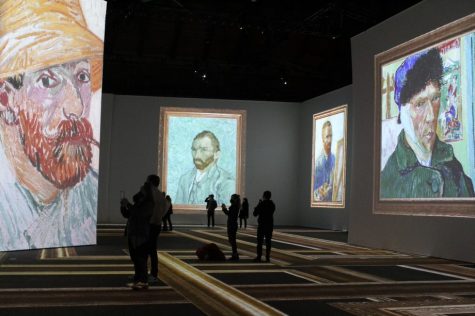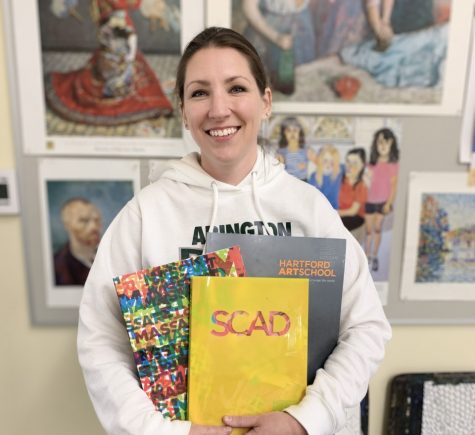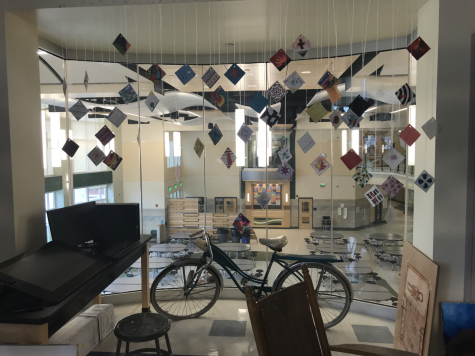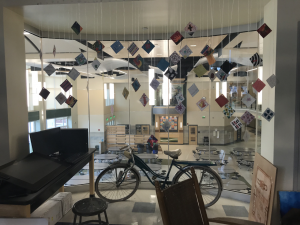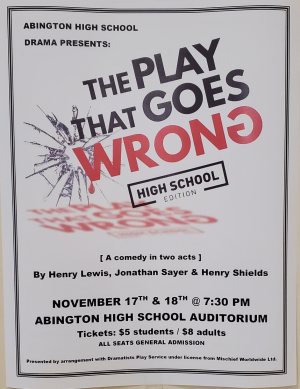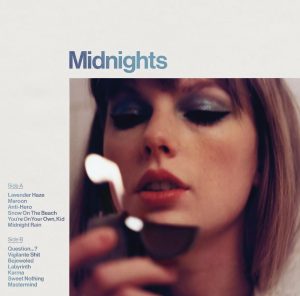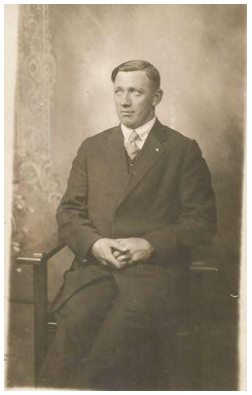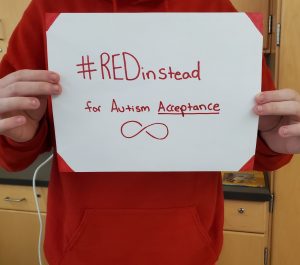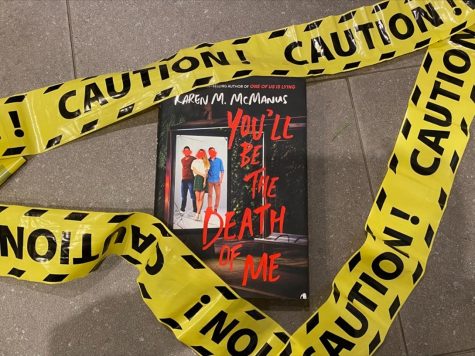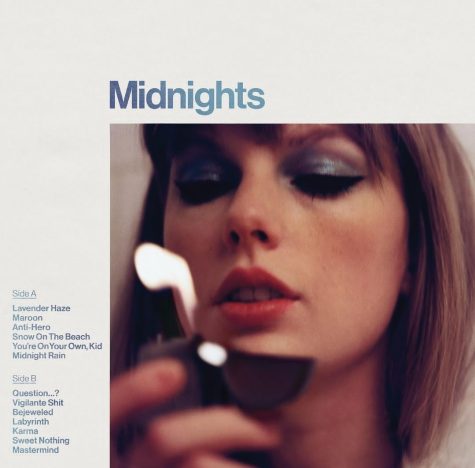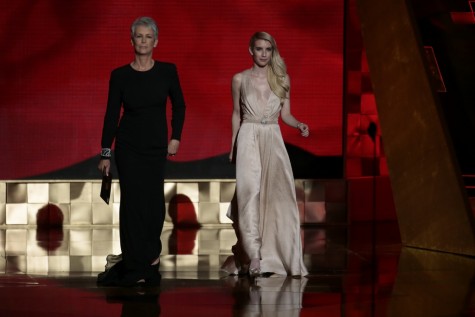The Art of Depression
The truth of the “tortured artist” trope may lead to self-sabotage.
One of Vincent Van Gogh’s self portraits photographed at the “Imagine Van Gogh the Original Immersive Exhibition” in Boston; the artist was well known for his struggles with depression.
January 25, 2022418 Views
“The sadness will last forever” were the last words spoken by artist Vincent Van Gogh, whose legacy has become defined both by his paintings and his mental health.
In a society that often idolizes logic-driven professions like doctors or lawyers, many discouraging stereotypes have been pushed about creative paths. The “starving artist” is the most popular, and is closely followed by the “depressed burn out.”
Unfortunately for artists, this myth is not entirely fictitious.
Van Gogh, most famed for his works like The Starry Night and Sunflowers, committed suicide in 1890 after years of battling several mental illnesses. He is not alone, in fact, many artists experience similar struggles, with “…unipolar or major depression, the population rate is about 5% but the rate among artists and writers in the various studies between 15% and 50%.”
Artists have disproportionate struggles with mental health as compared to the general public. Art is often their escape, and they channel their problems into their craft. Van Gogh painted his iconic The Starry Night in 1889 in southern France, trying to heal from his debilitating depressive episodes.
“Sleepless nights and skipped meals are glorified, and art created through an intentional slip of happiness is seen as a point of pride.”
— Amaya Turner
Artists rely on their ability to make something beautiful, something raw, or something honest. When it comes to what the internet has dubbed “vent art” (art created as means to let out negative feelings), the art is all three. Throughout art’s history, it has always been used as means of helping artists wrestle with their inner conflicts.
However, it is not all bad news that artists are more prone to mental health struggles. Despite having increased chances of mental illness, it is possible that artists actually wield it as a double edged sword. Stanford University’s professor of psychiatry and behavioral science, Terence Ketter, has researched the link between creativity and bipolar/depression and “…identifies personality factors and cognitive styles common to bipolar and creatives: changeable feelings, high intuition, curiosity and open-mindedness… Similarly, sensitivity and rumination are common to both artists and depressives.”
Mental illnesses like depression hardwire the brain for creative thinking, so it makes sense for many depressed people to naturally gravitate towards arts. Just because there’s an inclination towards creative professions, however, does not mean artists should try to stay in their negative emotions for the sake of creating art.
Society often pushes the false reality that productivity and work output should be the most important priority, even at the sacrifice of personal health and happiness. Sometimes, artists fall into this trap and begin believing that in order to be successful, their suffering is required. Sleepless nights and skipped meals are glorified, and art created through an intentional slip of happiness is seen as a point of pride.
Even if artists are more inclined to struggle with mental illness, the belief that “just because they might, they should” suffer for art needs to be broken. Medication, therapy, open discussions, and a shift away from romanticizing art made through anguish are all places to begin. No piece of art is worth an artist’s suffering for the sake of it, as opposed to healing through comprehension of their past emotions.
Many artists already have more problems on their paint palette than the average person, being more prone to struggles with depression or bipolar. It is unfair to push the belief that they must further struggle for the sake of producing “better” art.


